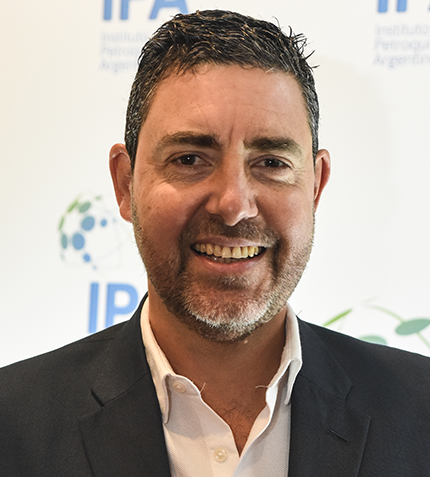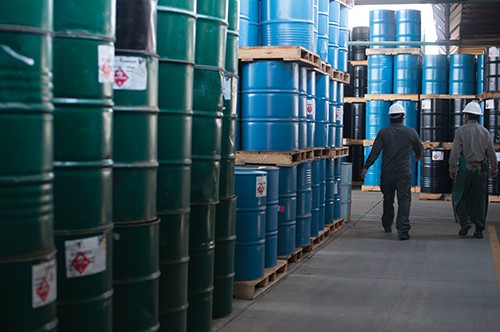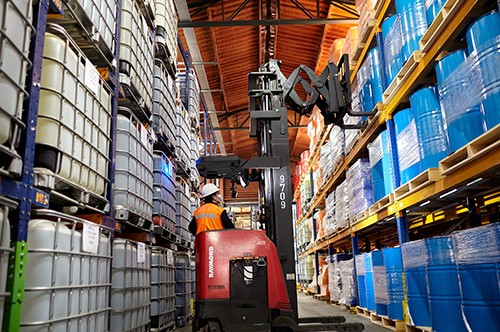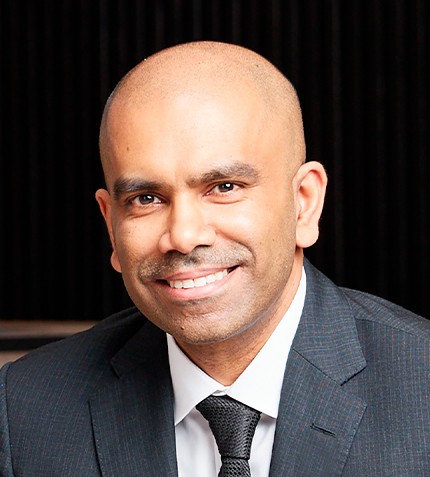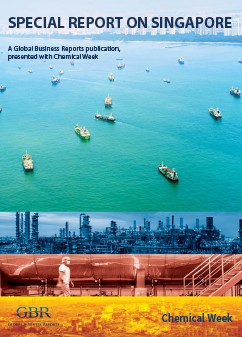
PUBLICATION
Singapore Chemicals 2018 IHS CW Release
There has hardly been a more enthralling time to conduct an in-depth analysis into Singapore’s ever-changing chemicals industry. 2018 marks Singapore’s Year of Climate Action, a testament to the island state’s commitment to the Paris agreement and pledge for sustainability. Now home to over one hundred chemical manufacturers, and one of the world’s top 10 exporters of chemicals, Singapore is an undisputed powerhouse in the industry. Having to tread carefully in an uncertain geopolitical climate, the city-state continues to invest in its strengths – talent, research and development capabilities, and technological advancements. Singapore will be the destination for the first ITAP (Industrial Transformation Asia Pacific) event later this year, which will bring together Industry 4.0 leaders from across the globe. Leveraging government support and a growing base of solution partners, the chemicals industry is increasingly adopting advanced manufacturing practices whilst exponential growth, a shifting regulatory framework and growing consumption in APAC pose a coveted opportunity for Singapore.






